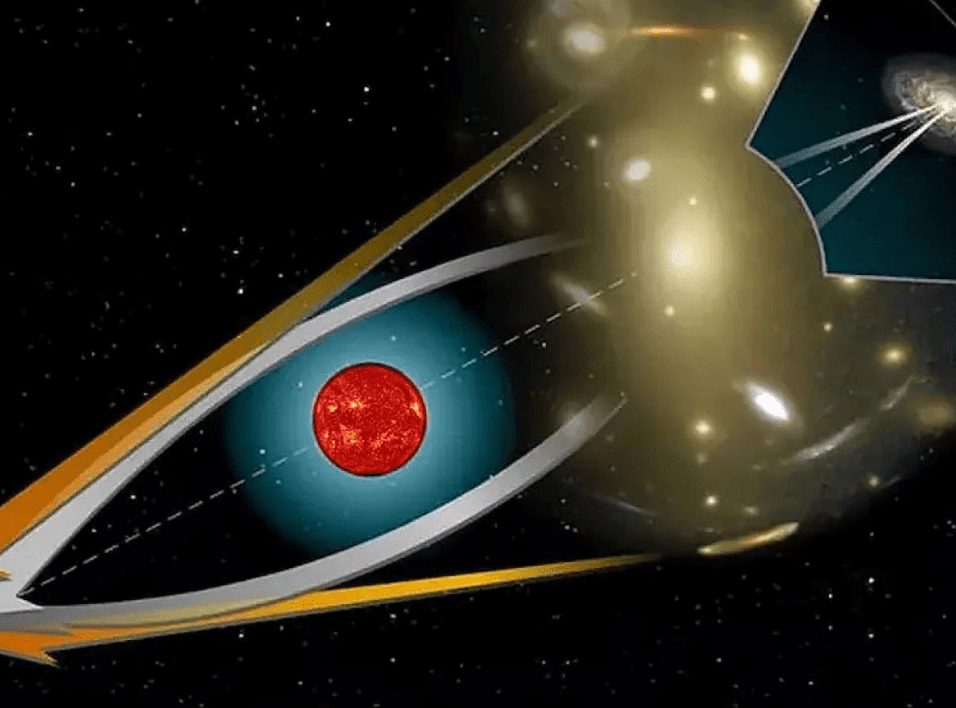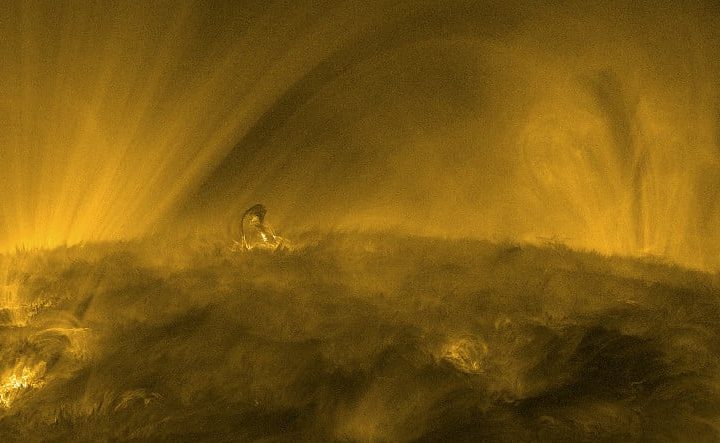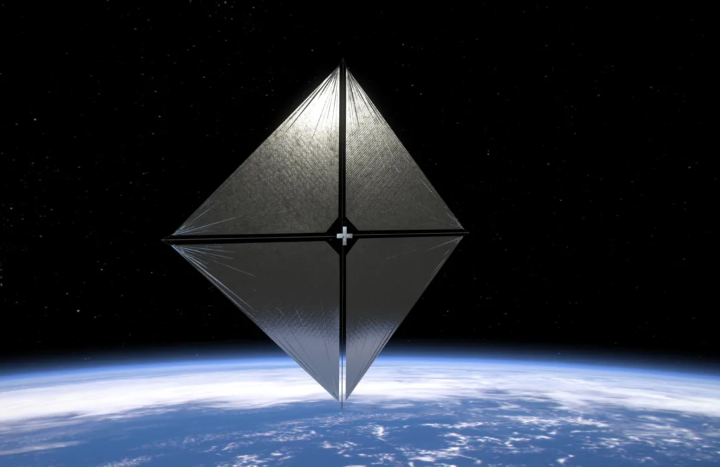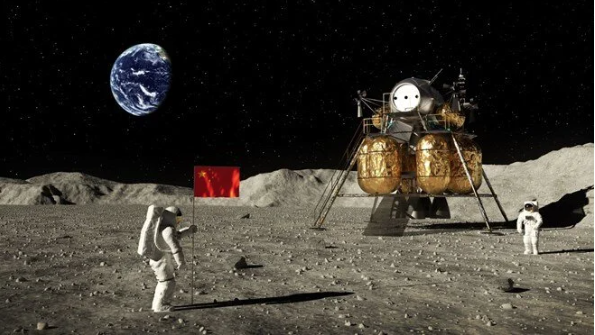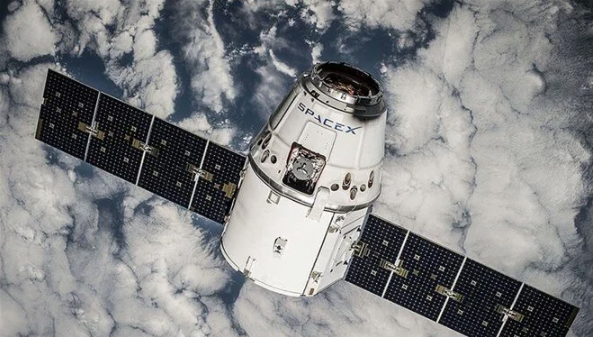A NASA-funded initiative intends to peek into the furthest reaches of the universe and examine them for extraterrestrial biosignatures by using the Sun as a massive lens.
In 2020, the project, coordinated by Slava Turyshev at NASA’s Jet Propulsion Laboratory, was awarded $2 million from the Institute for Advanced Concepts, a program that has financed a number of other irrational Moonshot initiatives throughout the years.
In a current unpublished work that hasn’t been peer-reviewed, Turyshev collaborated with the Aerospace Corporation, a nonprofit organization in California that conducts federally supported research, to examine the idea’s viability.
They suggest that the mission, which might take up to 25 years, would contain a number of tiny satellites that self-assemble near the solar gravitational lens (SGL) point.
- CRISIS MOOD: Digital Exit: Why more and more young people are leaving social media
- The Roswell Crash: What’s the Truth Behind UFO Stories?
- McDonald’s raises prices in the UK after 14 years
The SGL designates the location where a straight line would be formed by the Sun, the assembled satellites, and a distant planetary target. The light from the exoplanet would then be substantially magnified by the Sun’s gravitational field as it passes past, enabling the satellites to see far farther than was previously conceivable.
According to Universe Today, that point is also almost 1,000 times further than the distance from the Earth to the Sun, which is more than double the distance that NASA’s Voyager 1 probe has covered throughout its 44-year trip.
The project would utilize a solar sail, which researchers are just now beginning to test, to travel the distance.
Simply put, a solar sail gently accelerates to high speeds by making use of the minute radiation pressures that sunlight exerts on giant “sails” or mirrors.
Although early tests were encouraging, the technology has never been put to the test across a significant distance.
In their research, Turyshev and his colleagues suggest that if such a trip were to ever become a reality, which is now an astronomical if, we could be able to gaze into a distant star system entirely without having to travel there ourselves.
The researchers contend that it is worth the time and effort to pursue such a tempting proposition.
“It is our only means, in the foreseeable future, to learn details about exosolar sister planets like our home world,” the team concludes.

